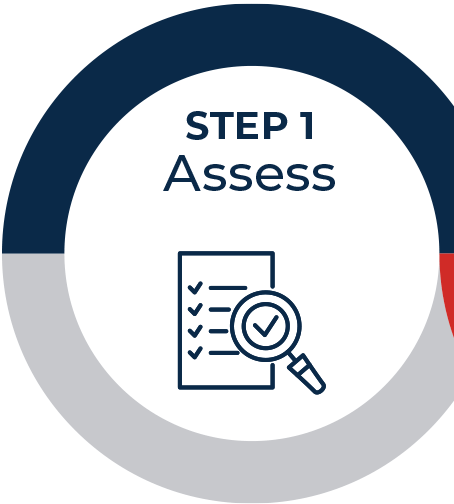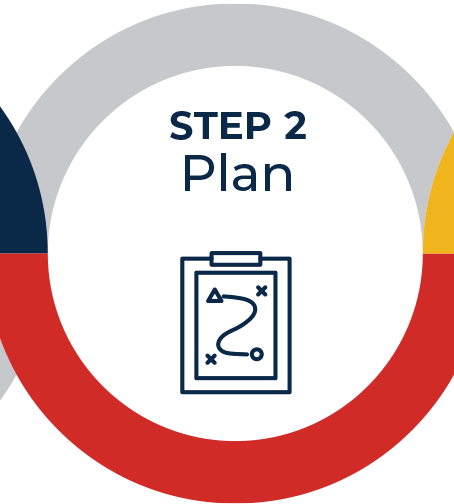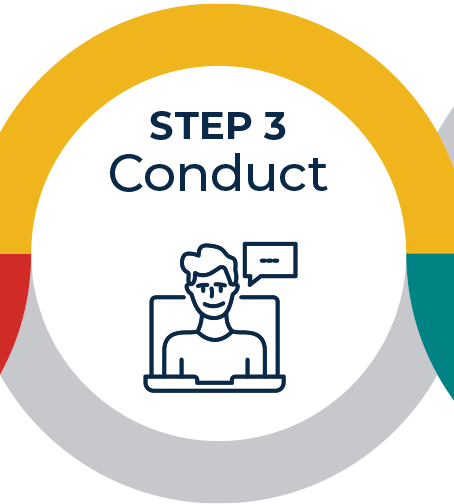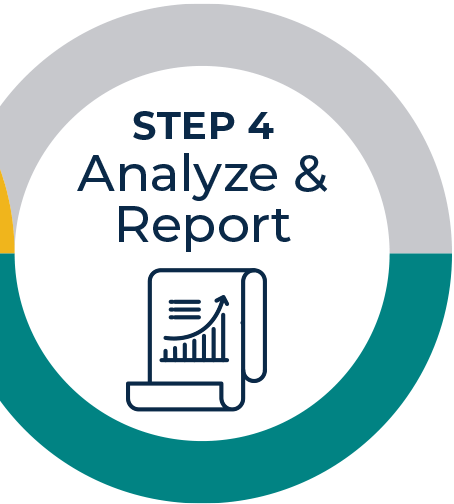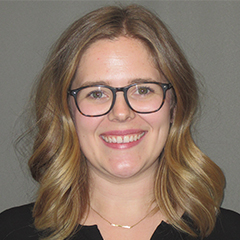A Road Map for Building Evidence that Drives Learning and Improvement
Mathematica’s measurement and evaluation (M&E) approach tailors learning in four phases of a solution’s development: designing the solution, refining the solution, assessing for early evidence of success, and validating effectiveness. Explore the primary objective of each phase, alongside example study designs and research questions, and a case study of this approach in action.
Learn More
